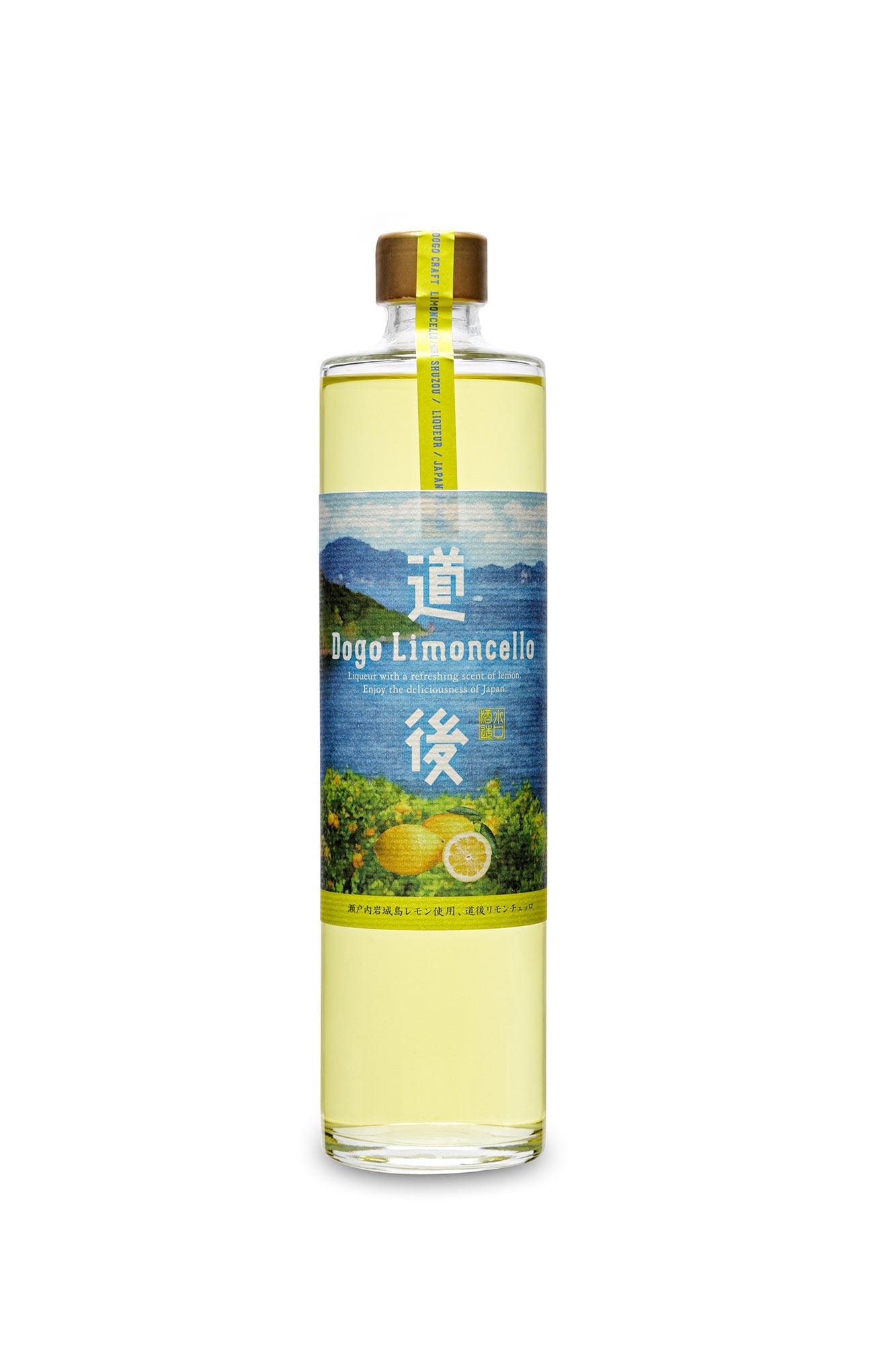
Roles to Be Realized through
Coexistence and Co-prosperity in Tourism
The sake brewery in the historical onsen town that keeps on beating its tradition
Traditions to be succeeded, common sense to be overturned. The young brewers, whose average age is in their 30s, are looking to the future of their home prefecture Ehime. The sweetness of Ehime shines through in sake made not for their company, but for the local people.
Dogo, an internationally recognized hot spring resort with a rich history and tradition
Dogo Onsen, one of the oldest hot springs in Japan, is located in Matsuyama City, Ehime Prefecture, in the Shikoku region of Japan. This town, where the lively voices of rickshaw drivers echo and streetcars are well suited, has grown along with the development of Dogo Onsen. The town's symbol, the Dogo Onsen Honkan, was awarded three stars by the Michelin Green Guide Japan in 2009, and its history and value are highly acclaimed around the world.

Off the bustling shopping arcade and down the quiet and tranquil Nikitatsu Street, you will see an azure-colored curtain. Minakuchi Shuzo, the only sake brewery in Dogo, has been making Dogo's local sake for 128 years.
The main building, a two-story wooden structure, was constructed in 1917. Designated as a Tangible Cultural Property (structure) by the Japanese government, its historical value is highly regarded. The sake brewery's products are displayed in its earthen floor, and Kenka Mikoshi (fighting portable shrine), a specialty of the Dogo Autumn Festival, sits atop it.

The Minakuchi Shuzo has inherited a time-honored history, while its philosophy is innovative and unconventional.
In 1895, Minakuchi Shuzo began producing a locally brewed sake called "Nikitatsu". Since then, in addition to sake, the brewery has been involved in producing ice, beer, shochu, gin, limoncello, rum, and other beverages. Its main product, Dogo Beer, is loved not only by tourists visiting Dogo, but also by locals as the perfect "yuagari (after bath) beer" for the hot spring resort.
Traditionally, it is an undesirable practice for sake breweries to engage in the production of other alcoholic beverages. Despite such headwinds, the shuzo’s current representative began producing local beer and shochu in an effort to meet the needs of tourists more broadly, and it has grown intoo a mainstay business.
"Our motto is 'Don't follow tradition, beat it.' We try to take on various challenges with flexibility and a challenging spirit," said Mr. Kousuke Minakuchi, who serves as the managing director of the brewery. After graduating from university in Tokyo, Mr. Minakuchi worked as a system engineer and then returned to his hometown of Dogo to become the 6th-generation brewer.

Although the brewery is involved in the production of beer and a variety of other alcoholic beverages, more effort is put into sake brewing, which has been the core business since the company's founding. Mr. Minakuchi himself is on the site, working day and night with the toji (master brewer) and other brewers to create sake.
Proud of Ehime's distinctiveness
Toji's commitment is to not allowing pandering
Minakuchi Shuzo has been using well water for brewing sake since its establishment. The water is medium-hard with a moderate mineral content. The same water is also used for brewing beer and producing ice.

The latest machinery has been installed to increase the efficiency of steaming and washing rice. On the other hand, the steamed rice is carried to the koji room by hand, not via chute. Temperature control is very important for sake brewing. The brewers put the steamed rice on a cart and run back and forth a distance of about 15 meters. Mr. Minakuchi says, "We should make the clear distinction between the areas where efficiency can be improved by machines and other areas where manual labor is essential."
The koji room, where koji making is carried out under strict temperature and humidity control, is usually restricted to brewers during the sake brewing season. However, under certain conditions, visitors to Minakuchi Shuzo can actually enter the koji room and observe the toji and brewers at work up close. "I'm planning to organize a sake brewing experience where visitors can experience the process, including the brewing preparation, and drink the sake they have pressed themselves. There are not many hands-on activities in Japan," said Mr. Minakuchi. The perspective and planning ability of the sake brewery, which has been developing along with the tourism industry, is excellent.
Mr. Kenya Kikuchi is overseeing the brewing of Minakuchi Shuzo's sake. In his 10th year of sake brewing, he was appointed to the position of toji at an unusually early stage. Although he humbly admits that he was blessed with good fortune at the right time, his track record of earning a prize in his first year at the brewery attests to his ability.

"The most important thing is koji, which determines the taste," says Mr. Kikuchi. In the koji room, after spreading the rice evenly, the toji carefully sprinkle koji mold on the rice by hand. During these few minutes, not a single person is allowed to speak or move. The atmosphere is more like a solemn ceremony than work, and even breathing is hesitant.

Mr. Kikuchi's goal is to create an aromatic, sweet sake that will be enjoyed not only by seniors, but also by the younger generation and women. "Ehime has sweet dashi, soy sauce, and everything else. We are sometimes asked if we have a dry sake, but we will not sacrifice Ehime's taste from the local sake."
For example, the "Nikitatsu Junmai Daiginjo-shu Muroka-genshu Fukurotsuri-tobinnkakoi" reflects Mr. Kikuchi's obsessions.

From the moment it is poured, two types of aroma spread out, one wild and powerful, the other gentle, like white rice cooked in a rice kettle. As is typical of Junmai Daiginjos, the sweetness and umami are outstanding. The refined taste and long aftertaste are enjoyable. If served in a Burgundy wine glass, it can be enjoyed with sole meunière and vegetable tempura such as eggplant and zucchini.
Mr. Kikuchi is also in charge of producing other types of liquor besides sake. "I'm content with the freedom given by Executive Director Mr. Minakuchi", says Mr. Kikuchi.
Mr. Minakuchi and Mr. Kikuchi are both in their late 30s. In the sake industry, where experience and the vertical structure of the industry are dominant, the young brewer and toji are working together to "break through traditional barriers" in the midst of an aging population of sake brewery leaders.
Mr. Minakuchi said "I’d like to create an environment in which Mr. Kikuchi can fully exert himself in a comfortable manner. I believe that this will be beneficial for both the brewery and the local community".
Our "home prefecture, Ehime" is what we want to promote.
Minakuchi Shuzo has been growing together with Dogo Onsen, one of the most prominent tourist spots in Japan. Mr. Manakuchi says that he feels differently about Dogo Onsen after having left his hometown. "When I came back to Dogo, I realized once again that the people are warm and kind and the food is delicious. There is so much more to Dogo than just its hot springs".
Mr. Minakuchi, the 6th generation brewery owner, has his sights set on returning the brewery to its roots and revitalizing the local community, thinking of how we can encourage people to see every corner of Dogo, to stay one more night longer, and to get to know the bearers of traditional industries and young creators. Mr. Minakuchi is always looking at the whole picture: not only his own brewery, but also the revitalization of the local community.

"I believe that sake connects people to each other. Currently, we play the role of a sake brewery in a tourist area, but originally sake breweries were places where people got together and communicated with each other. We would like to go back to that role, and use the sake brewery as a hub to convey the charms of our hometown to the rest of the country and abroad", said Mr. Minakuchi.
Minakuchi Shuzo's main product may not be sake, but rather its home prefecture, Ehime.
Minakuchi Shuzo - 水口酒造株式会社
Products
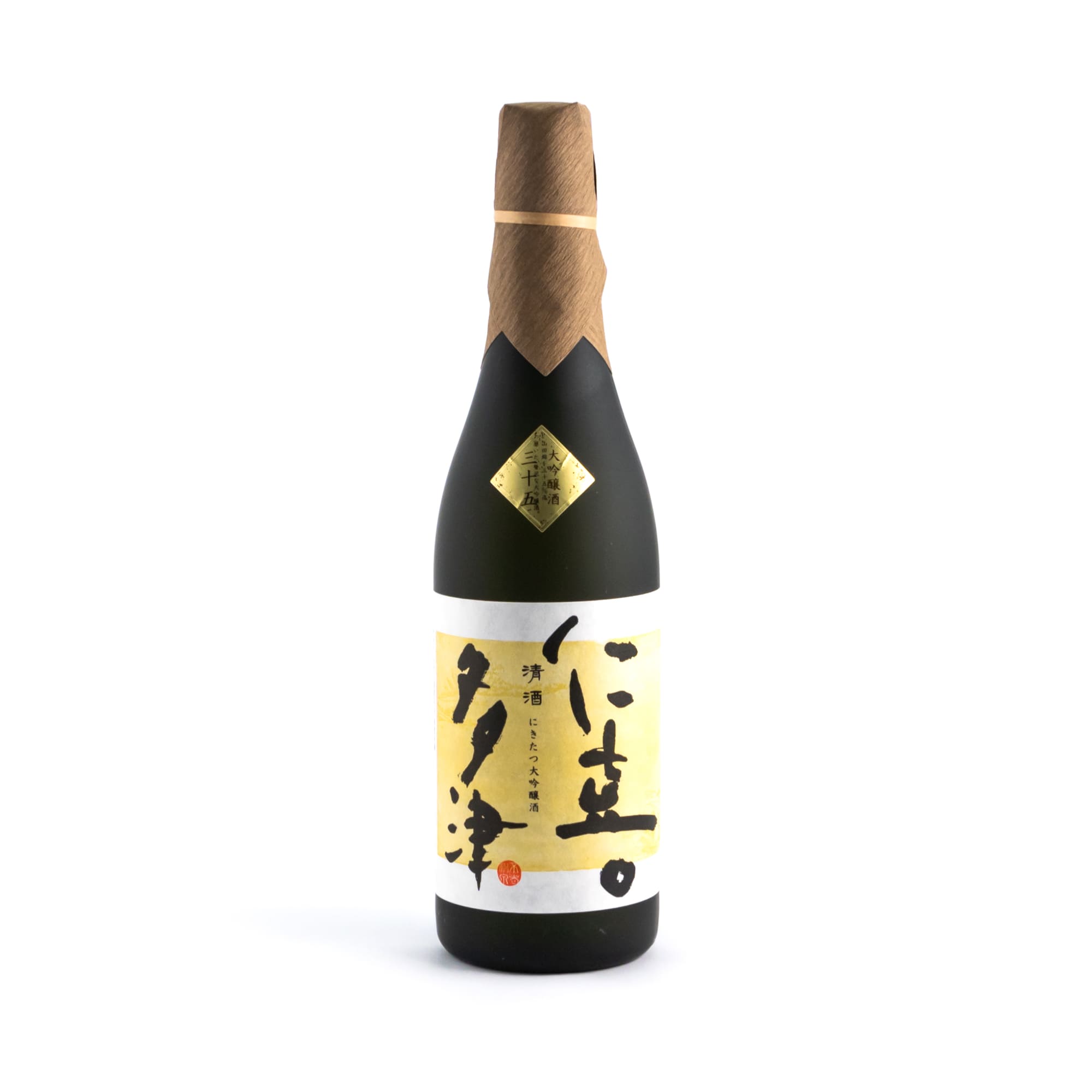

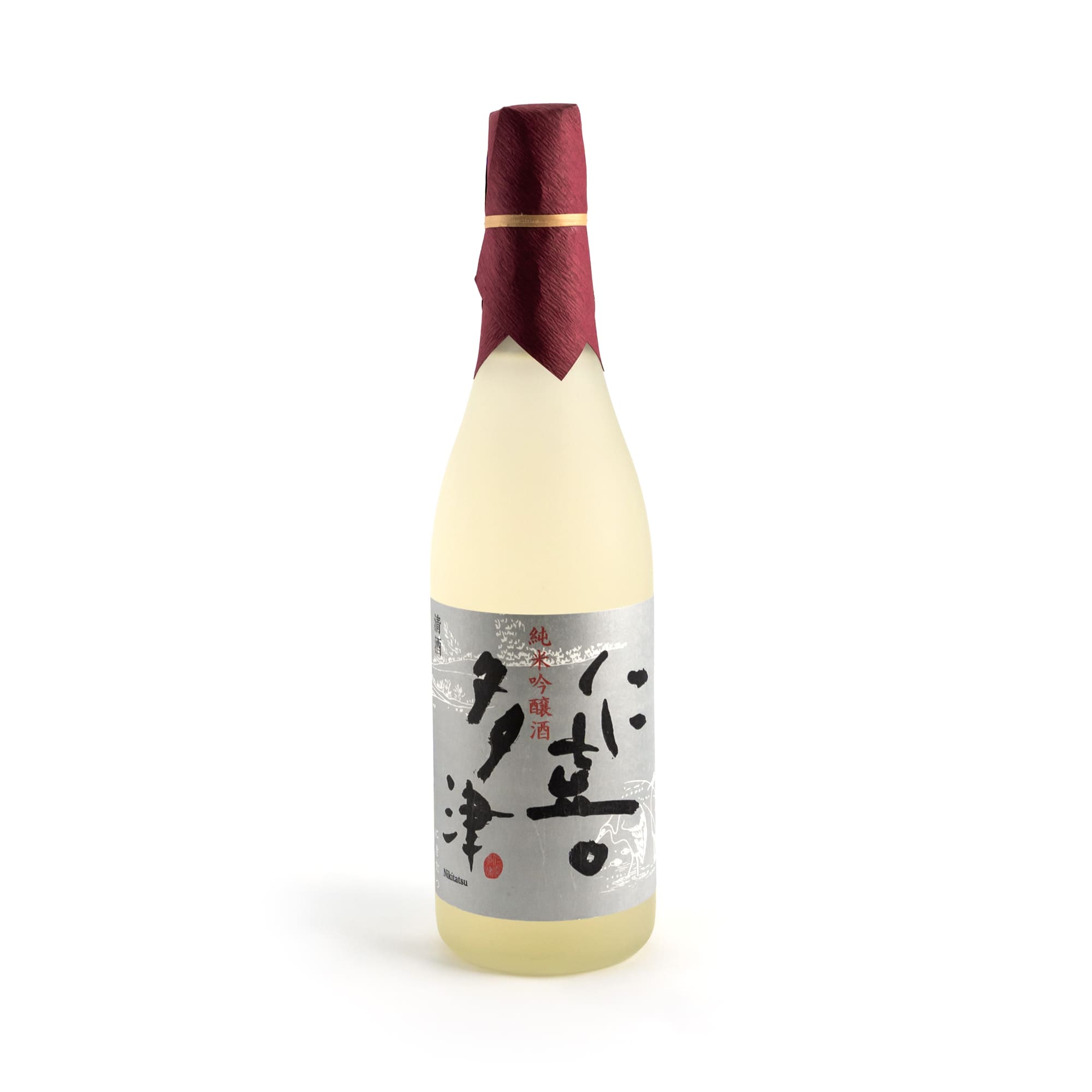

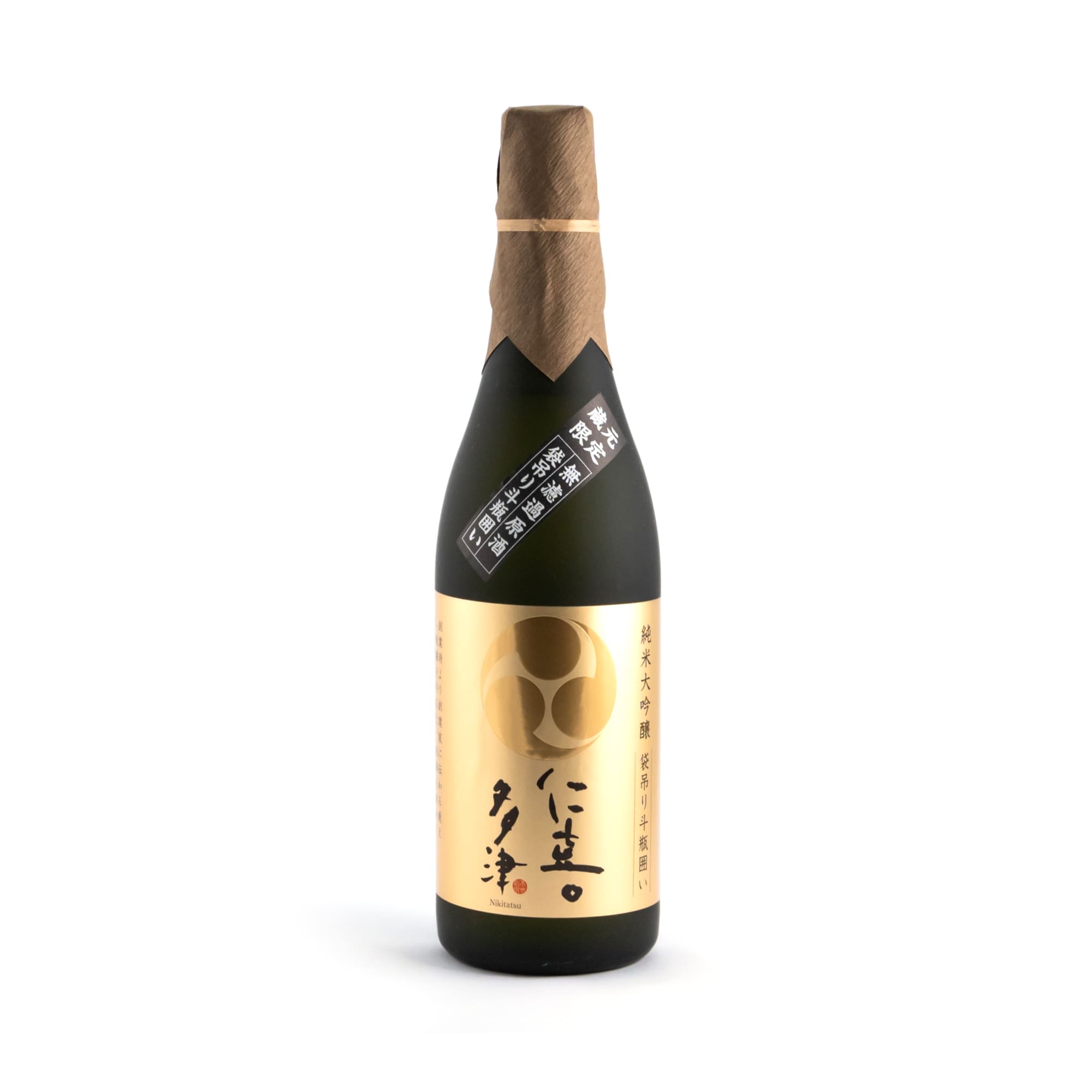
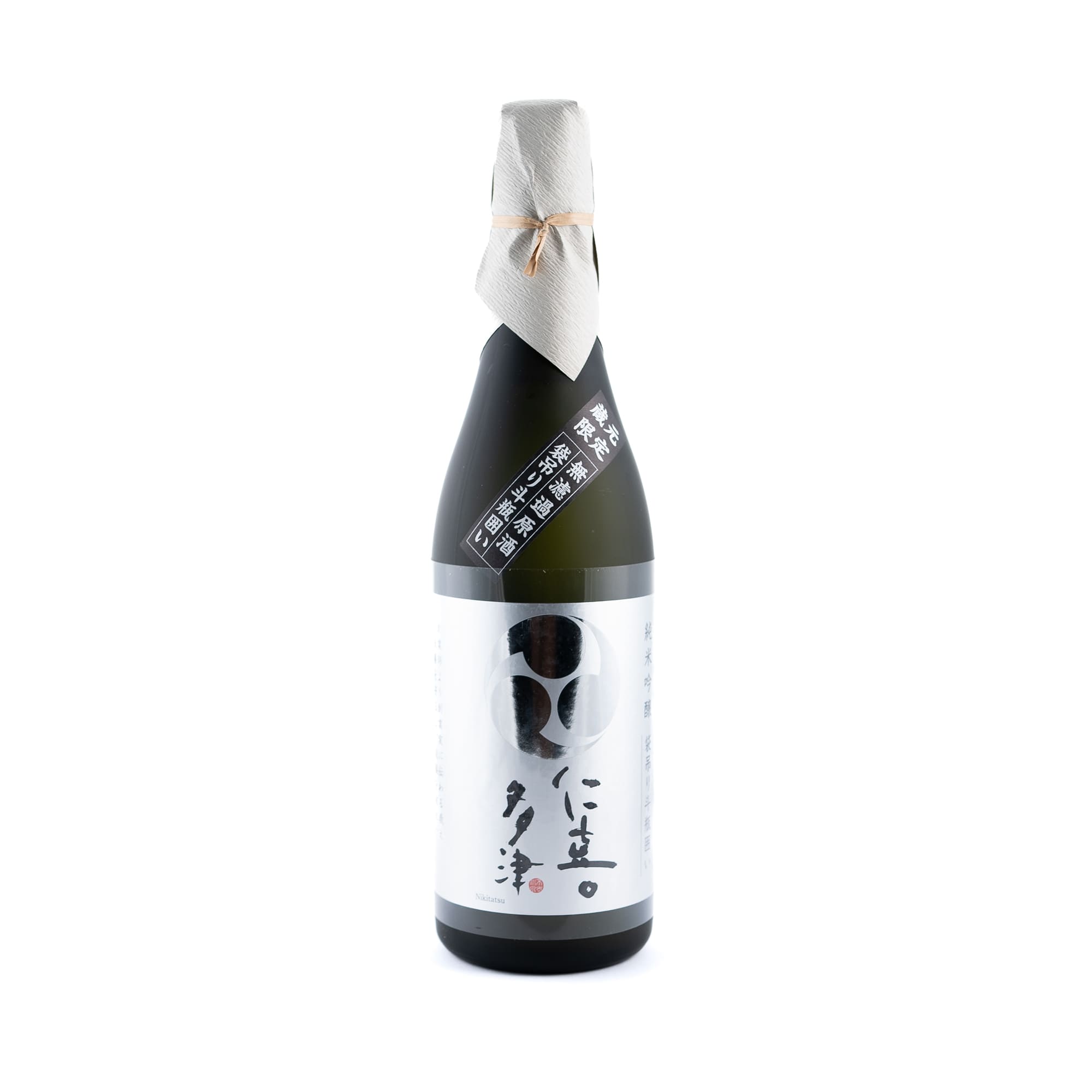
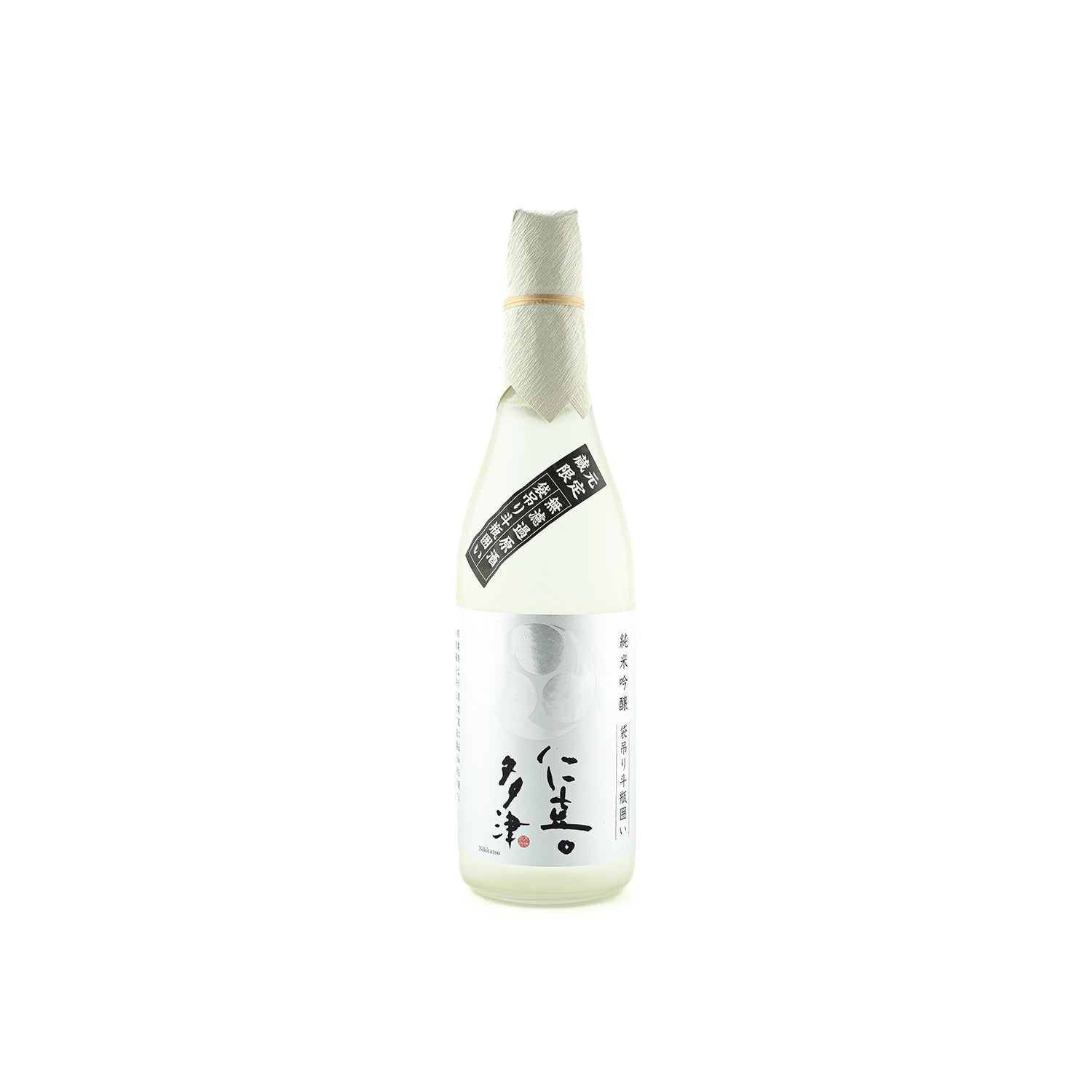
Minakuchi Shuzo
Nikitatsu Junmai Ginjo Sakurahime yeast Muroka Genshu Fikurotsuri Tobingakoi


